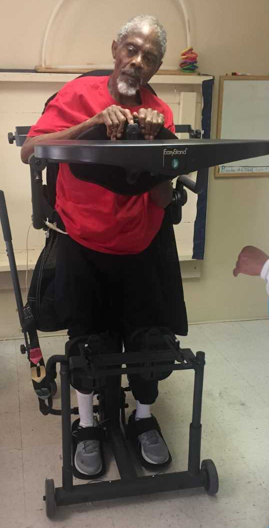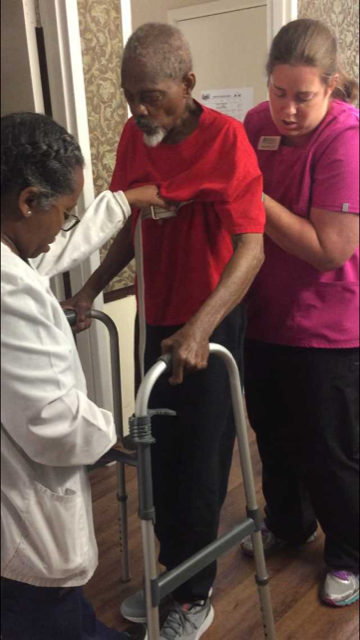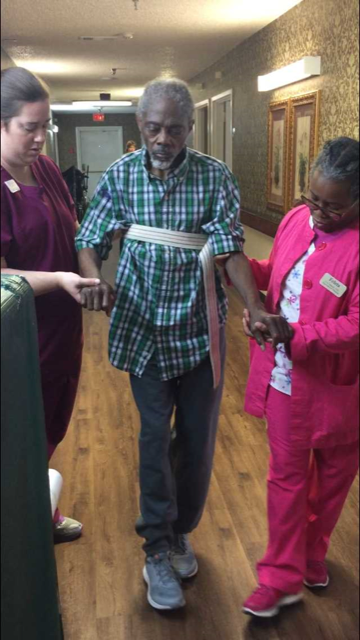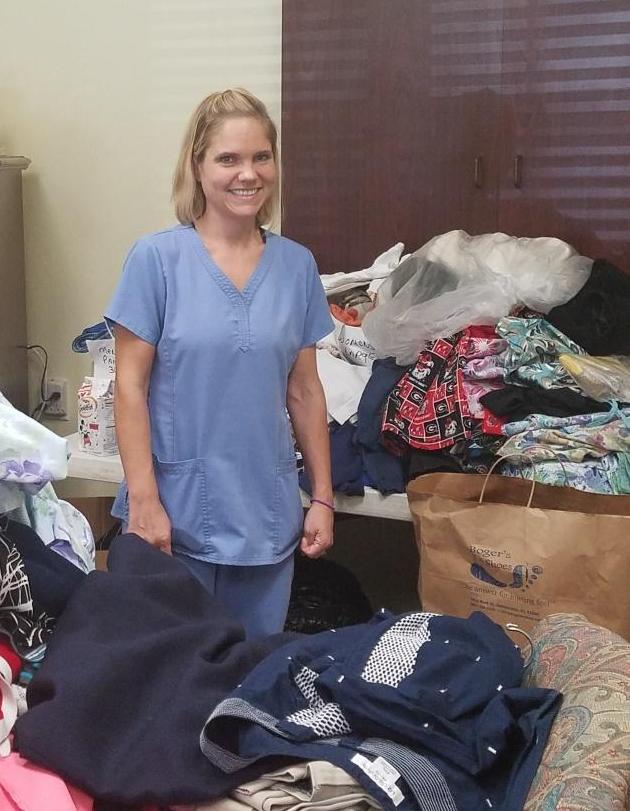Last November, CMS issued a Temporary moratorium on imposing certain enforcement remedies for specific Phase 2 requirements. It was advised that this 18 month moratorium on the imposition of certain enforcement remedies be used to educate facilities about specific new Phase 2 standards.
• The following F-Tags included in this moratorium are:
• F655 (Baseline Care Plan); §483.21(a)(1)-(a)(3)
• F740 (Behavioral Health Services); §483.40
• F741 (Sufficient/Competent Direct Care/Access Staff-Behavioral Health); §483.40(a)(1)- (a)(2)
• F758 (Psychotropic Medications) related to PRN Limitations §483.45(e)(3)-(e)(5)
• F838 (Facility Assessment); §483.70(e)
• F881 (Antibiotic Stewardship Program); §483.80(a)(3)
• F865 (QAPI Program and Plan) related to the development of the QAPI Plan; §483.75(a)(2) and,
• F926 (Smoking Policies). §483.90(i)(5) While this moratorium is still active, providers should have these requirements in place now. In the same memorandum, CMS revealed changes to Nursing Home Compare (NHC) relative to survey and health inspection.
• Freeze on Health Inspection Star Ratings: Following implementation of the new LTC survey process on November 28, 2017, CMS held constant the current health inspection star ratings on NHC for any surveys occurring between November 28, 2017 and November 27, 2018.
• Availability of Survey Findings: The Survey findings of facilities surveyed under the new LTC survey process would be published on NHC, but not incorporated into calculations for the Five-Star Quality Rating System for 12 months. Link to full memorandum.
Chart review of the 3 phases of implementation:
Phase 1: Implemented November 28, 2016 *indicates this section is partially implemented in Phase 2 and/or 3
• Resident Rights and Facility Responsibilities*
• Freedom from Abuse Neglect and Exploitation*
• Admission, Transfer and Discharge*
• Resident Assessment
• Comprehensive, Person-Centered Care Planning*
• Quality of Life • Quality of Care*
• Physician Services • Nursing Services*
• Pharmacy Services*
• Laboratory, radiology and other diagnostic services
• Dental Services*
• Food and Nutrition*
• Specialized Rehabilitation
• Administration (Facility Assessment- Phase 2)*
• Quality Assurance and Performance Improvement* – QAPI Plan
• Infection Control- Program*
• Physical Environment*
Phase 2: Implemented November 28, 2017
• Behavioral Health Services*
• Quality Assurance and Performance Improvement*- QAPI Plan
• Infection Control- Facility Assessment and Antibiotic Stewardship**
• Physical Environment- smoking policies*
Phase 3: Implementation November 28, 2019
• Quality Assurance and Performance Improvement*- Implementation of QAPI
• Comprehensive Person-Centered Care Plan: Trauma informed care
• Infection Control- Infection Control Preventionist*
• Compliance and Ethics Program*
• Physical Environment- Call lights at resident bedside*
• Training Requirements*






